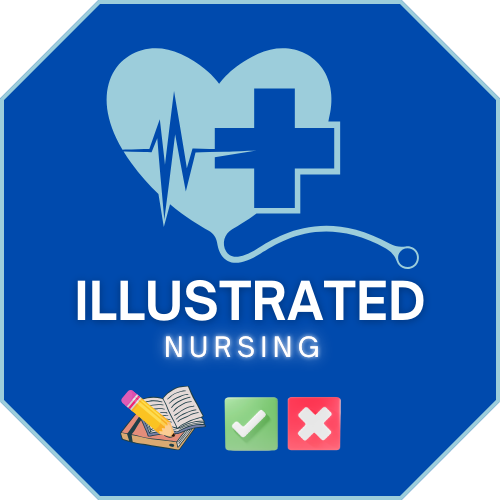Disaster Triage, Prioritizing, and Delegation
4 Topics | 2 Quizzes
Neurological System
10 Topics | 1 Quiz
MS, MG, and Guillain Barré
4 Topics | 1 Quiz
The Cardiovascular System
12 Topics | 1 Quiz
Pulmonary System
10 Topics | 1 Quiz
Cushing Versus Addison Disease
3 Topics | 1 Quiz
Thyroid Disorders
2 Topics | 1 Quiz
Parathyroid Disorders
3 Topics | 1 Quiz
DI and SIADH
3 Topics | 1 Quiz
Diabetes
10 Topics | 1 Quiz
Burns
5 Topics | 1 Quiz
Anemias, Aplastic Anemia, Polycythemia Vera, Thrombocytopenia and DIC
9 Topics | 1 Quiz
Cancer, Chemotherapy, Radiation Therapy, and Oncological Emergencies
6 Topics | 1 Quiz
Leukemias, Hodgkin’s Disease, and Multiple Myeloma
4 Topics | 1 Quiz
The GI system
16 Topics | 1 Quiz
Renal and Genitourinary Problems
6 Topics | 1 Quiz
Infection and Isolation Precautions
3 Topics | 1 Quiz
NCLEX Pharmacology
3 Topics | 1 Quiz
TPN, IV Solutions, & Blood Products
6 Topics | 1 Quiz
Lab Values
9 Topics
Aneurysms
What is it?
- Abnormal weakening of the wall of the aorta
- #1 cause: Hypertension
- But also infection, syphilis, and Marfan’s syndrome (genetic)
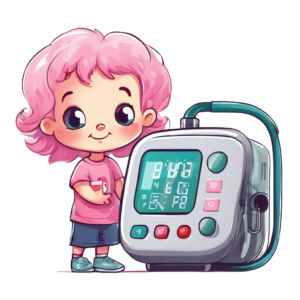

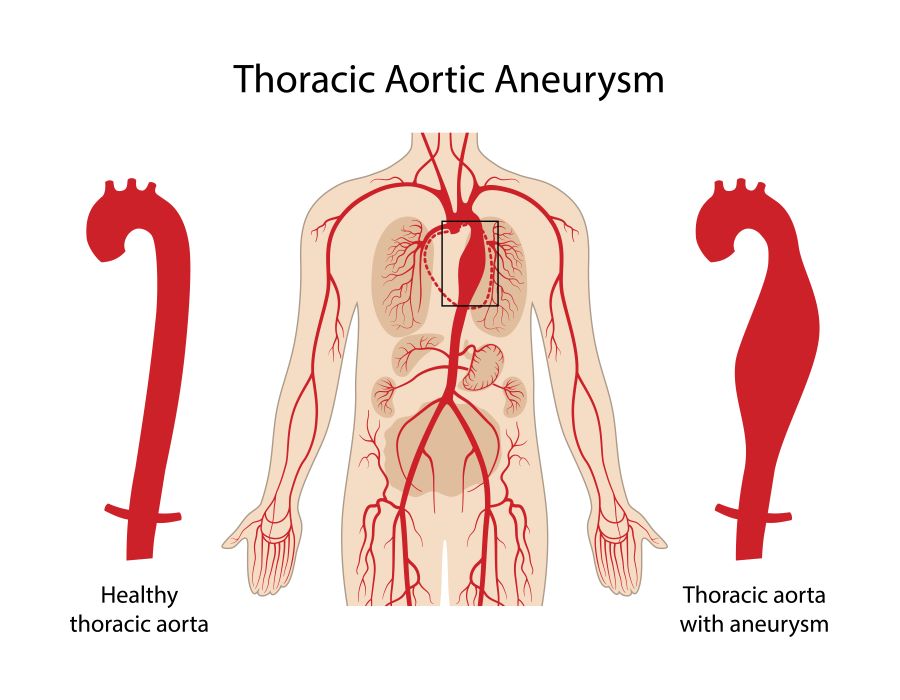
Goal: Prevent Rupture
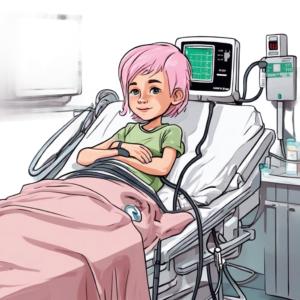
Management of Hypertension
- Monitor for rupture (symptoms of shock= hypotension, tachycardia, altered mental status), severe back pain, restlessness.
- If ruptures, take them to surgery STAT
- Prevent rupture: bedrest, no coughing, no incentive spirometry, no deep breathing!

Diagnosis of an Aortic Aneurysm
- Best test is aortogram: accurately and directly depicts the vasculature of the vessels and their abnormalities.
- For an abdominal aortic aneurysm, an abdominal x ray will only show the aneurysm if it is calcified.
- A CT scan may show the aneurysm, but not as directly as an aortogram.
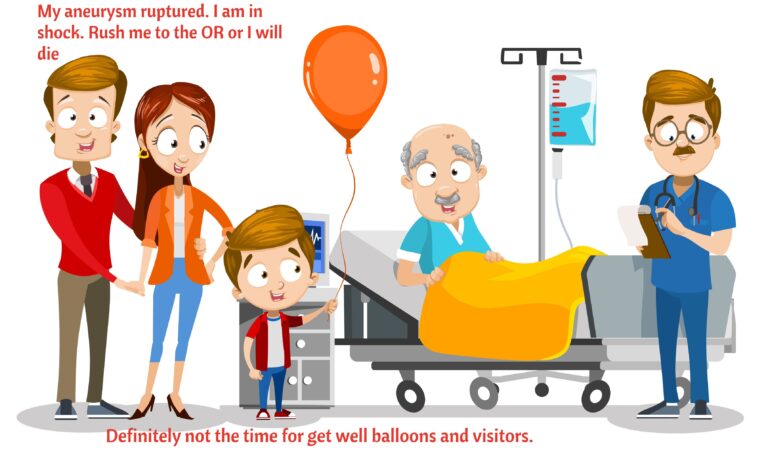
NCLEX FACTS
- NCLEX FACTS: A hematoma in the perineal area after an abdominal aortic aneurysm repair= retroperitoneal rupture at the repair site.
- NCLEX FACTS: Symptom of a thoracic aortic aneurysm: horseness, difficult swallowing, cough, chest pain, & SOB.
- NCLEX FACTS: Marfan’s syndrome is a genetic condition that affects connective tissue, which provides support for the body and organs. It can damage the blood vessels, heart, eyes, skin, lungs, and the bones of the hips, spine, feet, and rib cage. It is closely linked to aneurysm formation.
- NCLEX FACTS: Would you administer antihypertensives to a client with a rupture aortic aneurysm? NEVER. They are in shock. Hypotensive. But to prevent rupture, the main treatment is hypertension management.
